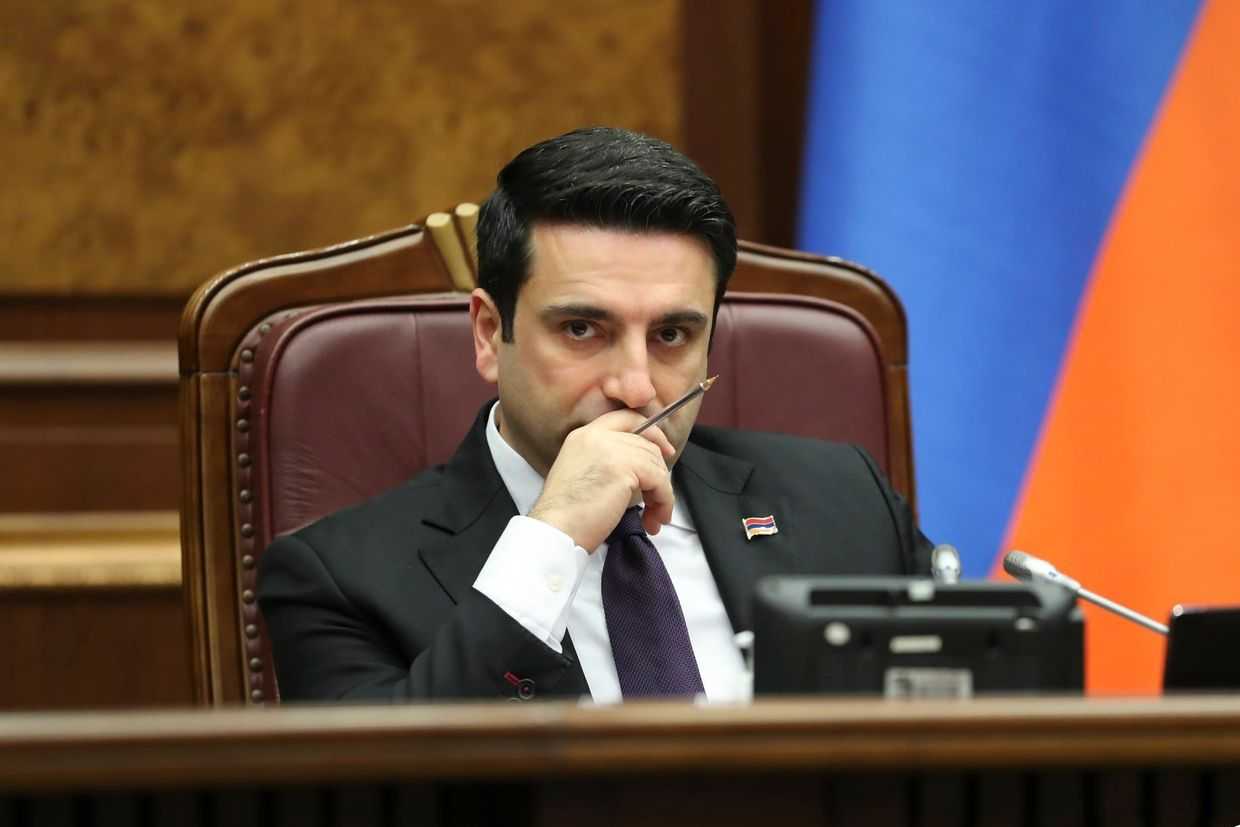
In mid-October, as the Second Nagorno-Karabakh War was raging Armenia’s government decided to ban the import of goods of Turkish origin. Economists say this is both a threat and an opportunity for Armenia’s economy, and the eventual impact of the ban is far from certain.
In December, stores selling Turkish products such as fashion chains LC Waikiki and Koton, held their final going-out-of-business sales. Effective on 1 January, in response to Turkish assistance to Azerbaijan during the Second Nagorno-Karabakh War, Armenia banned all products of Turkish origin, except raw materials.
While welcomed by many in the country on patriotic grounds, the decision caused some worry among small business owners and manufacturers who feared that the niche filled by Turkish products, particularly in their supply-chains, would be very difficult to replace and could cause economic harm.
Others meanwhile, saw the chance to expand their market share and take a bigger slice of the domestic market.
A one-sided relationship
Since the 1990s, trade between Armenia and Turkey has been unidirectional, especially as Turkey has closed its borders with Armenia and banned Armenian imports following the First Nagorno-Karabakh war.
Despite this, Turkey is Armenia’s fourth-largest exporter with 5% of imports to Armenia being of Turkish origin — travelling either by air or through Georgia — amounting to $268 million in 2019.
Over the last decade, Armenian imports from Turkey amounted to about $2.3 billion, while indirect exports to Turkey were a paltry $15 million. Around 4,000 businesses, including both retailers and manufacturers, import Turkish goods in Armenia, of which 80% are finished goods and 20% materials.
As a member of the Eurasian Economic Union (EAEU), the maximum period of time that Armenia can ban imports from a third country is six months. But Artak Manukyan, an MP from Armenia’s ruling My Step faction, told OC Media that there were methods to extend the ban.
‘The EAEU treaty doesn’t regulate how many times the member state is allowed to request six months of non-tariff regulation’, Manukyan said, adding that the initial six-month ban must be used to evaluate the impact that the ban will have on local businesses.
Earlier in March, Armenia’s Ministry of Economy stated that it was likely to extend the ban at least for another six months, ‘if political and other priorities do not interfere’.
Turkish goods in the Armenian market
Assessing the first months of the embargo, economist Suren Parsyan says he can only voice the basic observation that ‘the range of goods in the textile and gold markets has sharply decreased’, but that the impact of this decrease is yet to be fully understood. Time is needed for additional assessment, he said, and statistics must be gathered.
Parsyan told OC Media that it is still too early to tell what the impact of the ban will be on Armenia’s economy. ‘We first need to understand if we have alternatives for Turkish goods or not’, he said, adding that while in many cases Armenia will have to import goods from a different country, occasionally demand may be filled by local manufacturers.
But, Parsyan warned, without knowing how long the ban will last, Armenian manufacturers will be hesitant to invest in increasing production — threatened with the possibility of competition with cheaper Turkish goods resumes in the near future. ‘The manufacturer should have guarantees of at least one or two years to make inventions on increasing production and becoming more competitive’, he said.
Foreign trade data show that there are markets in Armenia where the dependence on Turkish goods is relatively high. For instance, in 2019, the import of cotton fabric amounted to $6.9 million, and 84% of the total was from Turkey.
Parsyan said he believes that one import alternative for Armenia could be Iran, as it has had a free trade agreement with EAEU since October 2019, and has announced that it would join the trade union in the near future.
The latest trade agreement between Armenia and Iran was signed in January. According to Armenia’s Minister of Economy, it will increase the annual trade turnover between two countries, presently at $400 million, to over $1 billion.
A role for the state
The founder of the Export Armenia Association, economist Emil Stepanyan told OC Media that Armenia should not ban imports of Turkish fabrics. ‘Let them produce cheaply, we will import raw materials, sew quality brand clothes and export them all over the world’.
But if Armenia’s clothing manufacturers are to be successful in this venture, he said, they must have strong support from the state.
‘One of the one hand, the state should support the local producer with one hand, that is, help in the acquisition of raw materials, production, and most importantly in the sales phase’, he said. ‘On the other hand, they should demand an introduction of quality management systems, upgrade equipment, increase the efficiency of the demand, and of course, full payment of taxes, in return’.
Anitex, one of Armenia’s largest textile companies, and a producer of bedding has expressed its willingness to increase its production capacity to fill the gap left by Turkish products. The company’s sales managers, Vadim Baghdasaryan, said that the government’s decision only accelerated already existing trends of increasing demand for domestically produced goods.
Nevertheless, significant hurdles remain, not only are Armenian produced goods usually more expensive, but there has also ‘always been a stereotype that Armenian products are of poor quality’.









